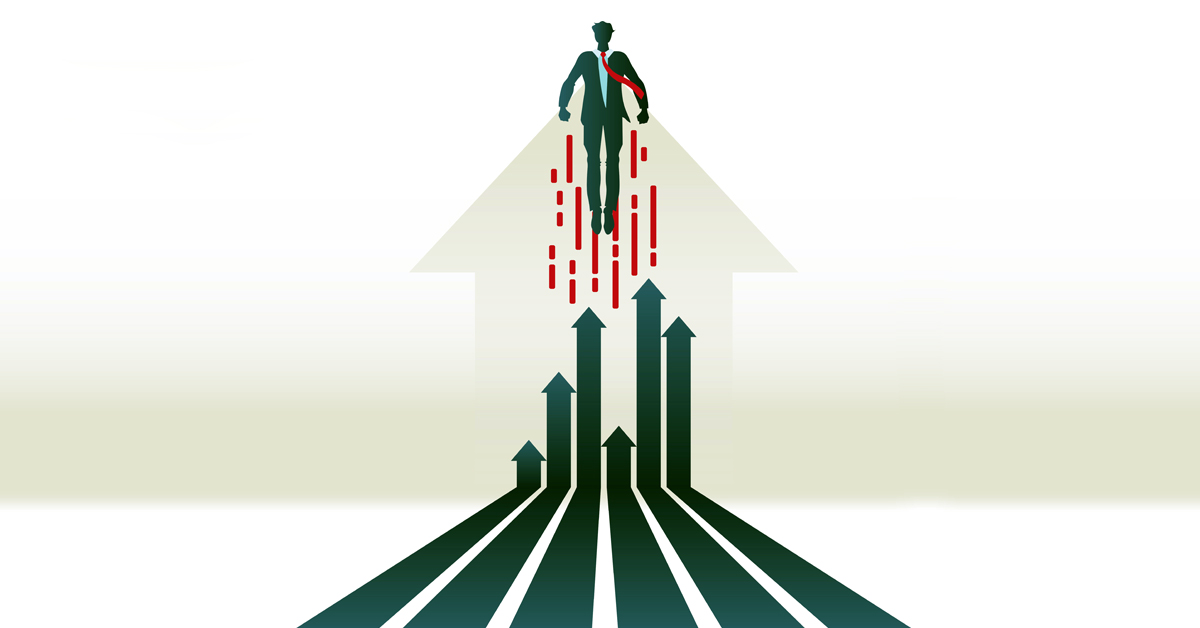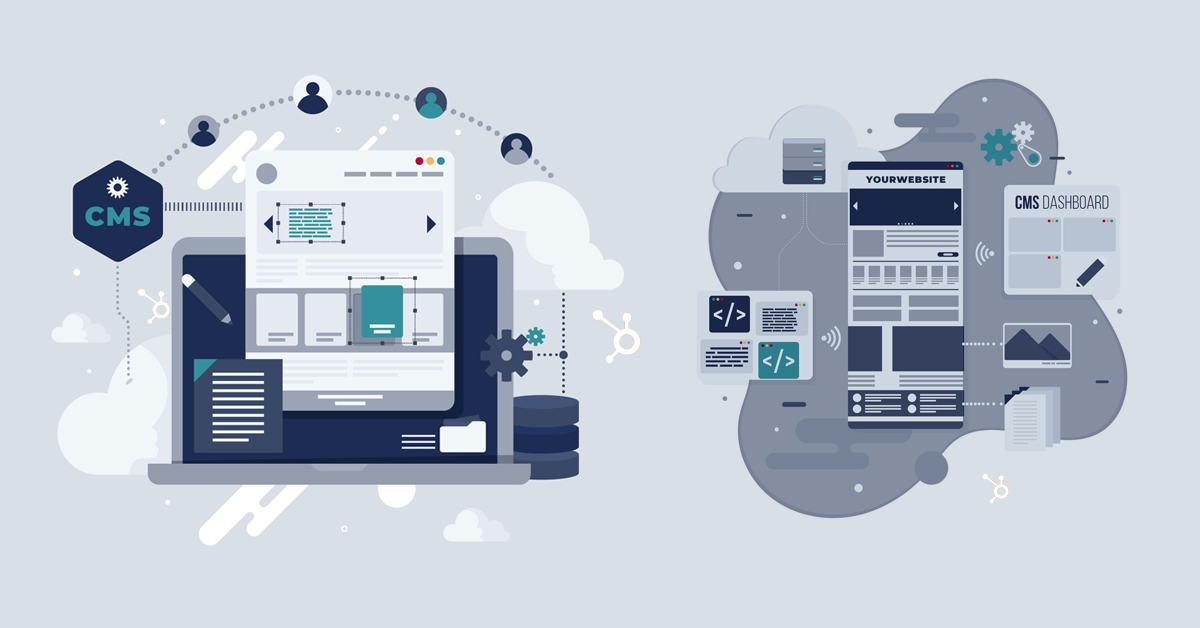-
MarTech Services
- HubSpot
- OneSignal
HubSpot
Technical Consulting
Partner with experts who understand your HubSpot systems and business needs inside out.
Revenue Operations
Drive revenue growth with tailored RevOps strategies designed for HubSpot users.
Hubspot Integration Services
Seamlessly integrate HubSpot with your existing tools to enhance operational efficiency.
Sales Enablement
Boost your sales team’s efficiency with focused HubSpot Sales Enablement solutions.
CRM Data Migration
Effortlessly migrate your CRM data to HubSpot with precision and support.
Hubspot Onboarding
Efficiently onboard clients to HubSpot, ensuring a smooth transition and rapid platform adoption.
HubSpot Administration
Maximize your HubSpot investment with expert management and optimisation tailored for HubSpot clients.
Marketing Assets Development
Develop, deploy, and manage digital assets, ensuring a fresh and engaging presence.
-
Solutions
-
Website Services
Website Development
We bring together expertise, creativity, and measurable results, making us the go-to choice for HubSpot website creation.
Website Migration
Our approach to website migration goes beyond a technical transfer; we prioritize a user-centric experience.
Website Maintenance
Optimize your online presence with effective, growth-driven websites focusing on nurturing website visitors, creating and deploying content, and tracking progress with precision.
Website Audit
Is your website performing at its peak? Our CMS Consultants are here to help you find out with our comprehensive Website Audit service.
-
Resources
-
Company
Clients
We have worked with clients from various industries across the globe, making our journey diverse and exciting.
Team
We put decades of experience where our mouth is. So what you get is market-tested and tried, not theory. We believe in plain speak, which we believe works better than jargon.
Solutions Partner
BlueOshan is not just a partner; we are among the most experienced and adept in the HubSpot ecosystem.
- Contact Us
Accelerate a connect with customers through personalization

Venu Gopal Nair
March 23, 2022

We’ve all experienced the thrill that comes from being recognised, or having our preferences acted upon. If you’ve been a regular at a fine dining restaurant, the greetings from the staff and the special attention showered during the meal is incentive to return to it time and again.
We may not acknowledge it explicitly but one of the reasons we take friends and associates there is to see the reaction on their faces when extras materialize at the table and the service is several notches higher.
Managing this in a website environment is tougher, especially when traffic increases and customers may not have signed in. But it is still worth the effort because the differences can be quite dramatic.
A Campaign Monitor study shows that personalised email subject lines have a 26% higher chance of being opened and a 760% increase in revenue from segmented campaigns.
HubSpot helps you manage personalization at scale
Several personalization ‘tokens’ can be added to HubSpot’s email templates. Be sure to get things right because personalization works against the brand when basic rules like addressing customers right are not followed.
Personalization goes a lot deeper than addressing the customer by name in the email header
In an B2B environment, having the name of the company in the subject line can be just as effective, rather than promoting the product benefit alone. For example, the difference between a subject line that reads ‘Cut attrition rates by 40% using ___ software’ can be personalised to ‘How (Company Name) can reduce attrition rates by 40%’ and open rates will definitely improve.
Even in today’s competitive environment, only 39% of companies use personalization. That gives the companies who do the preparatory work and maintain up to date email lists a clear edge.
Keep in mind that website personalization is not quite the same as customization. Website personalization vs. customization can be explained this way: Customization is controlled by the user while personalization is controlled by the company. Dashboards, chat rooms, and email filters are all types of customizations a customer can configure to fit their specific needs while personalization is done by the company, using customer data to present them with a more relevant online experience.
In order to create an individualized web experience for each customer, companies use data that they have explicit permission to collect. Then, they tailor the customer's experience on mobile apps, emails, digital ads, and websites by using geolocation, site behaviour, past purchases, and much more.
Do personalization in multiple phases
The success of personalization depends on the accuracy and the depth of data gathered. So, personalization is difficult to do well in the early stages of a company’s growth. It is only when there is a clear picture of the customer profile, the preferences customers themselves have shown and the frequency with which they return that helps develop points for personalization.
Use personalization to great effect by being specific – it could be a snippet of information or answering a question a customer has raised
The process is always work in progress. As the company’s base of customers grow, new patterns will reveal themselves. Finding the triggers that drive purchase is also a process of digging deep and determining what works.
Sending out emails on festive occasions is a no-brainer but that’s exactly when the customer is being bombarded by several others as well. It may actually be a far better idea to stay quiet when the market is overactive and send out missives when the chances of being seen in the inbox are much higher.
Applying the right rules to personalization results in far better engagement and customer connect. Aligning content from the HubSpot CMS as well as using HubSpot’s CRM to get more details on the customer profile works even better because it traces the customer journey and can be set to work in stages.
Align data from different sources for personalization to work in synch
For companies big or small, information silos are a persistent problem. Customer demographic data may be in a separate CRM than customer purchases which is in a separate database from the one tracking customer website behaviour.
When all of these key pieces of information are strewn across multiple systems, creating a personalized experience for the user becomes much more difficult.
You’ll probably be able to personalize your website, but the recommendations won’t be as relevant as they could be if all the data were synced in the same place in real-time.
Restructuring databases is a major project but it’s one that can make the customer experience better for all departments in your company, from sales to customer service to finance.
Getting a single view of customer interest and interactions go a long way in creating the personalization plan and putting it into action. Otherwise, there are significant gaps and it will not work as intended.
Let’s take, for example a company that wants to be in the consideration set for a car purchase when an existing customer wants to upgrade.
Some of the data required may be available on the site but if the customer is going through several other websites to gather information, the company has no way of determining when the customer is ready.
However, when news of new launches from the company and special offers for existing customers gets a response, the company can accelerate contact and see if they can secure the business.
For that to happen, however, companies need to track how long customers have had their vehicle, determine how long a customer waits to upgrade and then, tailor the communication and timing to get the best results.
Talk to us at Blueoshan to find out what personalization efforts are possible with the existing data sets you already have. Based on that, we can work out how to target prospects and customers far more effectively. Our consultants will be glad to provide more details.

Venu Gopal Nair
Advertising and Branding Specialist, CEO - Ideascape Communications, A professional journey through the tumultuous years of advertising and communication, starting in 1984. Started out in the age of print, saw the changes with the entry of satellite TV and the momentous transition to digital. Advertising and branding today is vastly different from its practices in the 20th century and the last two decades have seen dramatic changes with smartphone domination. As a Creative Director turned CEO, making the transition personally and professionally has been a tremendous experience.
Related Articles

May 26, 2021

July 1, 2021


